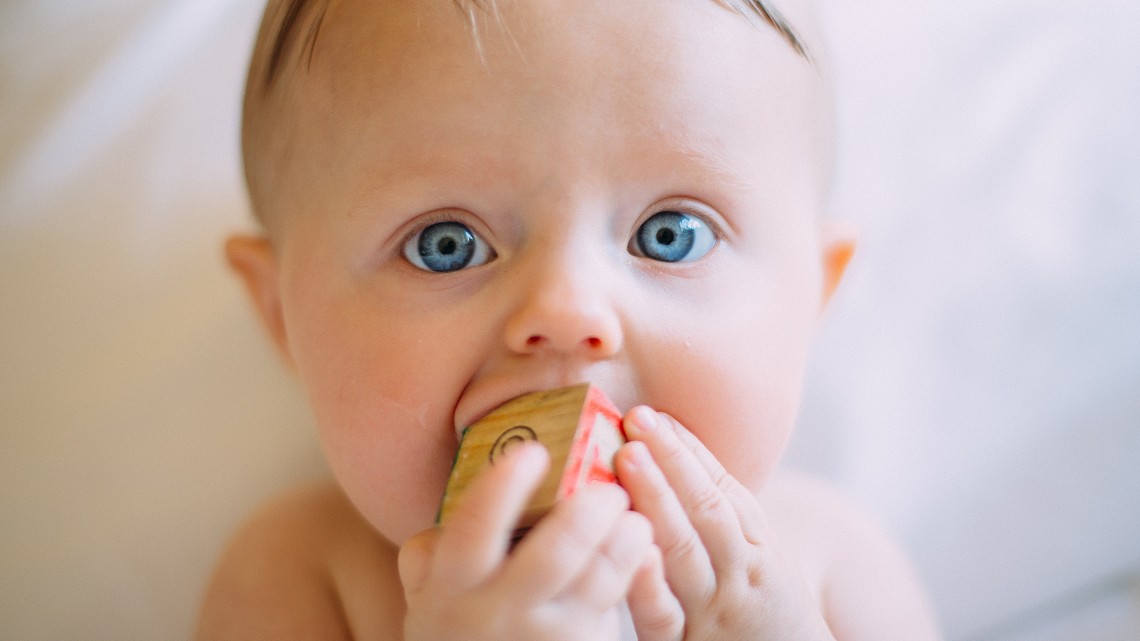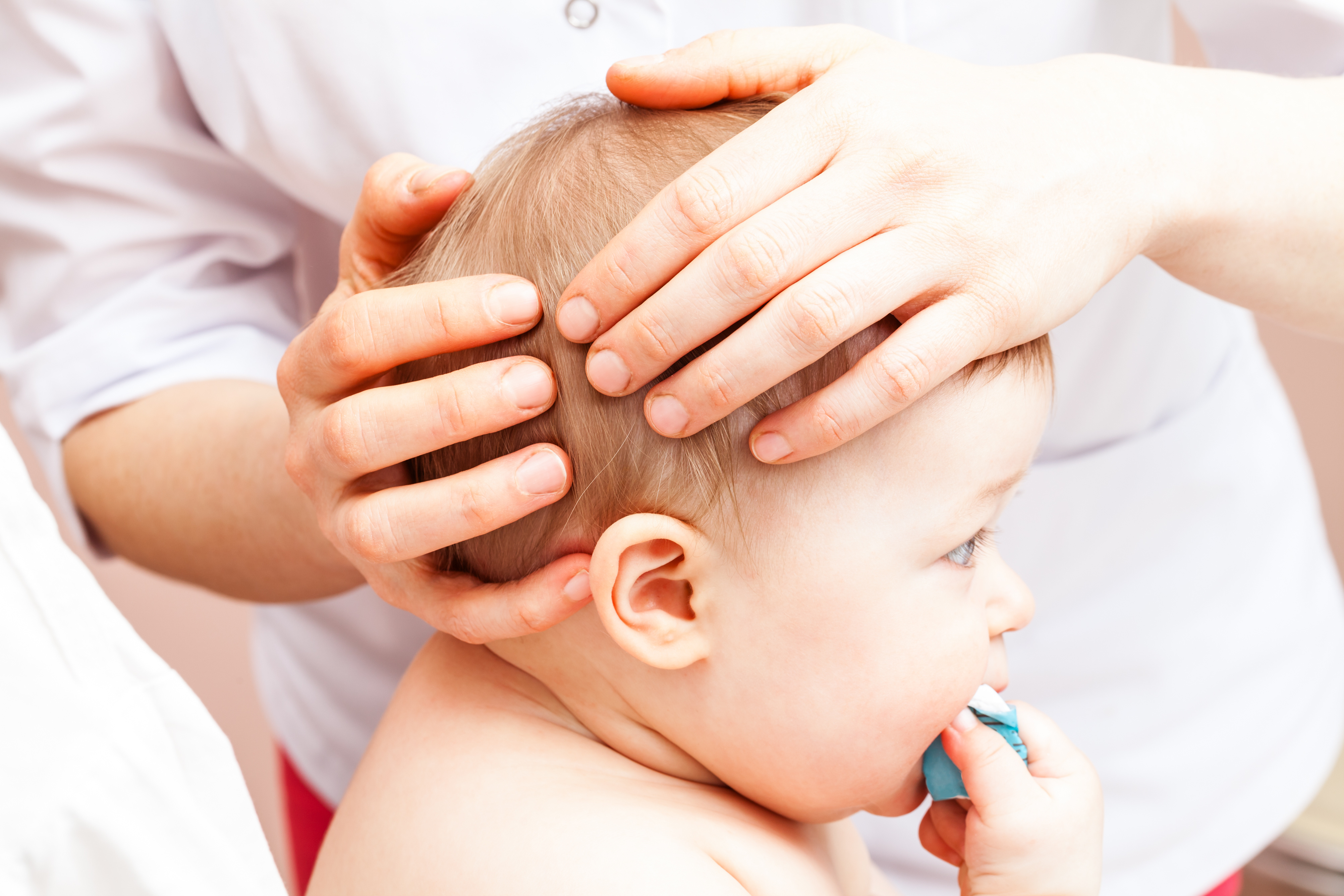Glue Ear

What is Glue Ear?
Otitis Media, also known as glue ear is an inflammation of the middle ear with effusion. It is often a consequence of a naso-pharyngeal infection that has travelled up the auditory tube. The common bacteria responsible are: pneumococci, hemophilus influenzae (flu) and streptococci as well as viruses. It can also be linked to immature immune system, allergy, reflux, torticollis or auditory tube dyssfunction and passive smoking.
The term glue ear is given because the lining of the auditory tube swells up, narrowing its opening and disturbing the ventilation and drainage in the middle ear. Therefore, the fluid can build up giving that sticky sensation inside the ear.
As a result, some of the fluid gets sucked inwards which increases the pressure on the tempanic memebrane (ear drum) and changes the conduction of sound so hearing can be reduced.
Why do children get it?
Glue ear is common in children because the auditory tube is 2.5 times narrower than in an adult and its angle is more horizontal (30˚ at birth to 50˚ in an adult as the jaw grows) reducing drainage from gravity. By 7 years old most children have had at least one episode.
Otitis can become chronic when the middle ear effusion persists for more than 3 months. This occurs usually between 6months and 6 years but may be undiagnosed as it can be asymptomatic.
How can I tell?
In older children throbbing or stabbing pain can be reported. Fever and headache may be present.
In infants and preschool children symptoms such as poor feeding, restlessness, crying, fidgeting with the ear, vomiting and diarrhea can be present. If the glue ear is chronic, your child might not react to your calling or you may notice a delay in speech and learning.
When glue ear suspected, bring your child to your GP and it will be diagnosed by otoscopy. In a chronic case, a hearing test and auditory tube function rest will be recommended.

How is it treated?
The bacterial infections of the middle ear are treated with antibiotics. Paracetamol can be given for pain relief. Decongestant nasal drops are used to restore ventilation.
In a first episode of glue ear the otovent system is recommended. This briefly delivers air to open the auditory tube enabling the pressure to equalise. However it is inadvisable in recurrent otitis due to possible over inflation of the ear drum.
If there is no relief after 48-72 hours, tympanocentesis can be preformed to relieve the pressure on the ear drum and the fluid can drain. The colour and thickness of the fluid can indicate the nature of the infection. When chronic, treatment may involve grommets and/or adenoidectomy.
There has been more research done on the benefits of probiotics to help boost the immune system and prevent infection. Avoiding cow’s dairy as the protein casein can increase mucus production. Omega 3 fatty acids may help to support the natural production of anti-inflammatory substances in the body. Fish oil and nuts and seeds are a good source of these omega 3 fatty acids. Fish oil that has been emulsified is particularly recommended.
Increase intake of fruits and vegetables. Quercetin is a plant-based chemical known as a flavonoid that provides the body with antioxidant protection and may help support anti-inflammatory processes. It is worth investigating the possibility of a food intolerance or allergy.
How can my osteopath help with recurrent otitis?
Acute otitis media has a tendency to recur if treatment is limited to symptomatic measures only. The aim of the osteopath is to improve the mechanics of drainage from the middle ear. It can relieve neck and throat tension (torticollis), help reduce reflux (if functional), improve breathing mechanism and release sinus pressure. However, the appropriate osteopathic treatment will depend on individual findings and medical history.
The techniques used are a mixture of stretching, massage and cranio-sacral therapy.
If you would like more information do not hesitate to contact our osteopath at:
- Advice for the parents
- Your child should sleep on their side, bad side up.
- Feeding you child in a more upright position.
- Encourage your child to make clicking noises with tongue on roof of mouth or sugar free chewing gum.
- Massage around the mastoid and SCM muscle.
- The “ear tug” technique.

